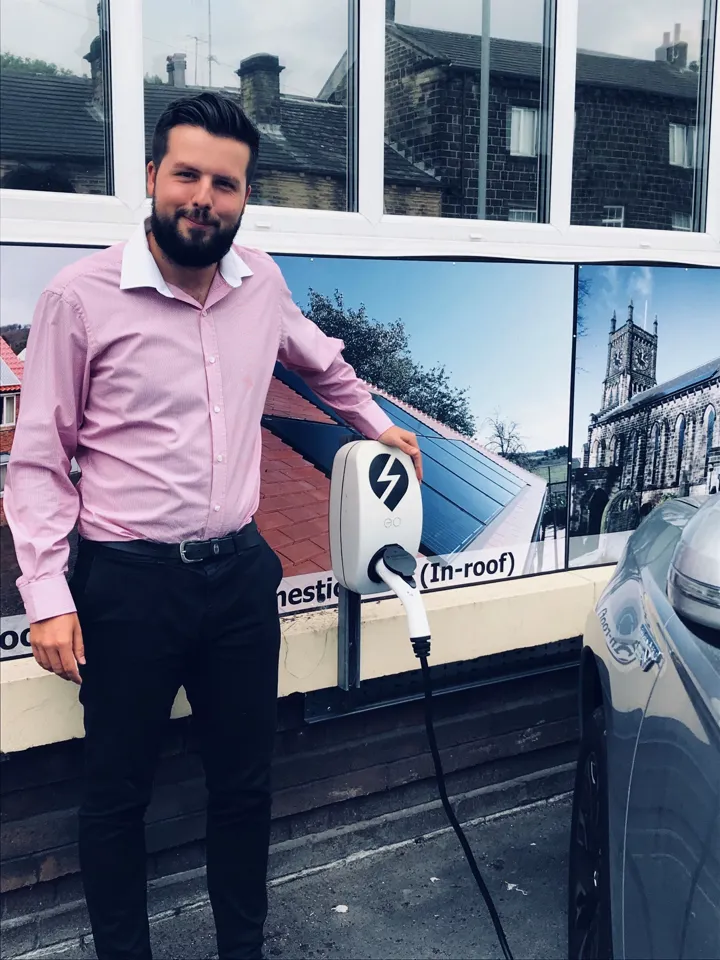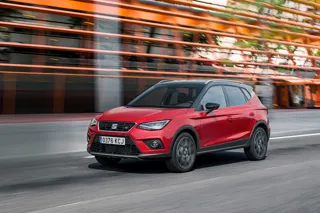By Mike Gadd head of fleet sales at EO Charging
WLTP has caused order bank closures, increased lead times, financial stresses and a myriad of problems for fleet managers who are already staring down a black hole of communication from manufacturers.
Throw in the pressures surrounding fleet electrification and it’s fast becoming the summer hangover no-one asked for!
The new fuel and emissions testing regime has left fleets with a host of unanswered questions around future emissions figures, benefit-in-kind (BIK) and reduced choice lists.
I’m often asked where electric vehicles (EV) sit within the new WLTP regulations, and whether electrification is the genie’s lamp that every fleet manager has been looking for?
So, in attempt to soothe those sore heads, here are my top three considerations around WLTP and EVs:
Fleet managers must consider whether the cost of vehicles under the new NEDC correlated figures makes sense for businesses.
With the increase in CO2 emissions comes an in increase in BIK and VED (Vehicle Excise Duty) – a big consideration when assessing whole life cost of a vehicle.
Enter Hybrids, PHEV’s and zero emission EV’s - vehicles that also cost only a fraction to run in fuel.
Electric vehicles might not be right for everyone now, but the upcoming change in testing regimes makes it a prudent time to at least make the comparison of petrol/diesel fleets against electric or plug-in hybrids.
The introduction of WLTP will mean more realistic testing conditions, ensuring lab measurements better reflect the true on-road performance of a car.
“But what does that have to do with EVs”, I hear you ask. Well, this more accurate testing will allow you, the fleet owner or manager, to fairly compare the positives and negatives for electrification.
By no means am I suggesting that a full switch over to plug-in should happen immediately but it’s imperative that the fleet industry has accurate facts to base its decisions on.
Whilst a headache now, WLTP is the fork in the road that our industry has needed. The automotive and fleet industry is changing, and momentum builds every day toward a zero-emission future.
WLTP has shown that when fossil fuelled vehicles are tested in conditions which mimic real world driving they are nowhere as efficient as we believed them to be.
For those fleets that have already begun their transition to electric, and who have already started realising the benefits it can bring, it offers a sense of vindication that the trust they first placed in EV wasn’t unfounded.
What does WLTP mean for the future? Well, in the first instance there will be change. Changes to what vehicles fleets can select and a noticeable change to the pockets of tax paying company car drivers and fleet operators.
In the long-run, we will look back on WLTP as positive proponent away from fossil fuelled fleets.
Electrification is inevitable. So, the question is – take small steps now toward a zero-emission future for your fleet, or, ignore and wait for a more serious migraine to arise?



















Joe - 17/08/2018 08:25
Hybrid cars are far from faultless. Also the production of many hybrid models (VW Golf and Passat GTE) has be halted in wake of the new testing regimes. One assumes due to the fact that under real world conditions these models also fail to perform. I believe that a mixed fleet is key, one in which fossil fuels will continue to have a part to play for years to come.